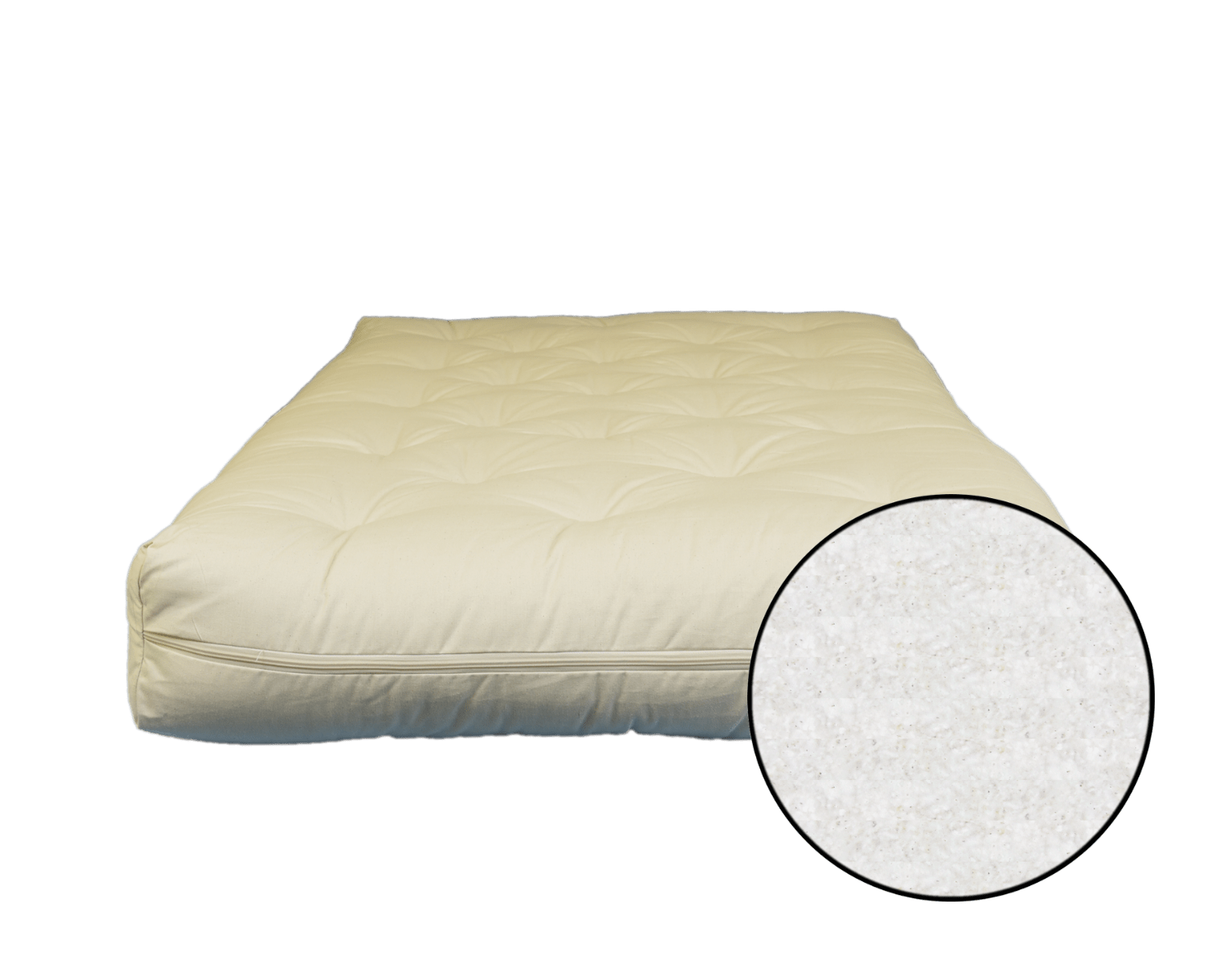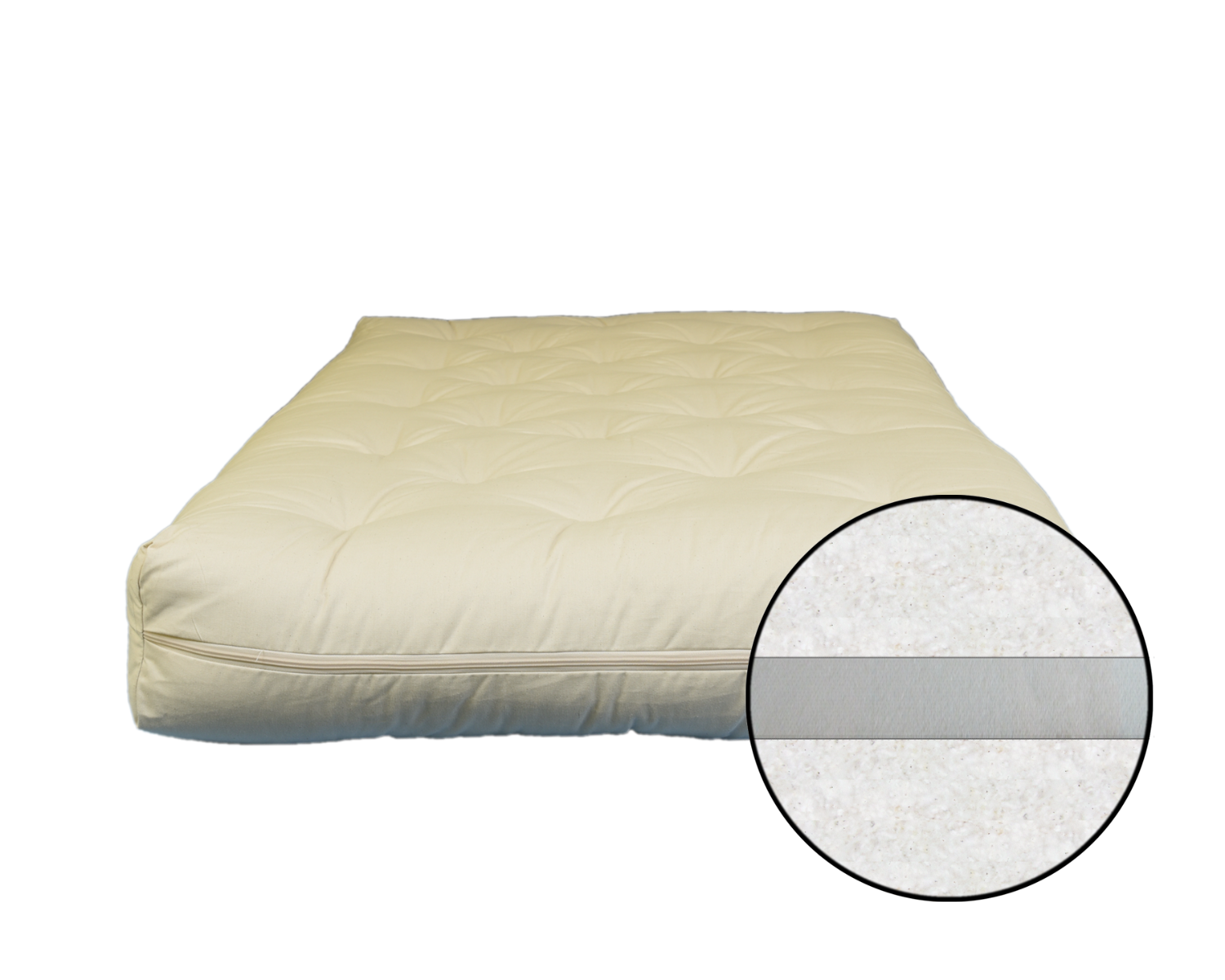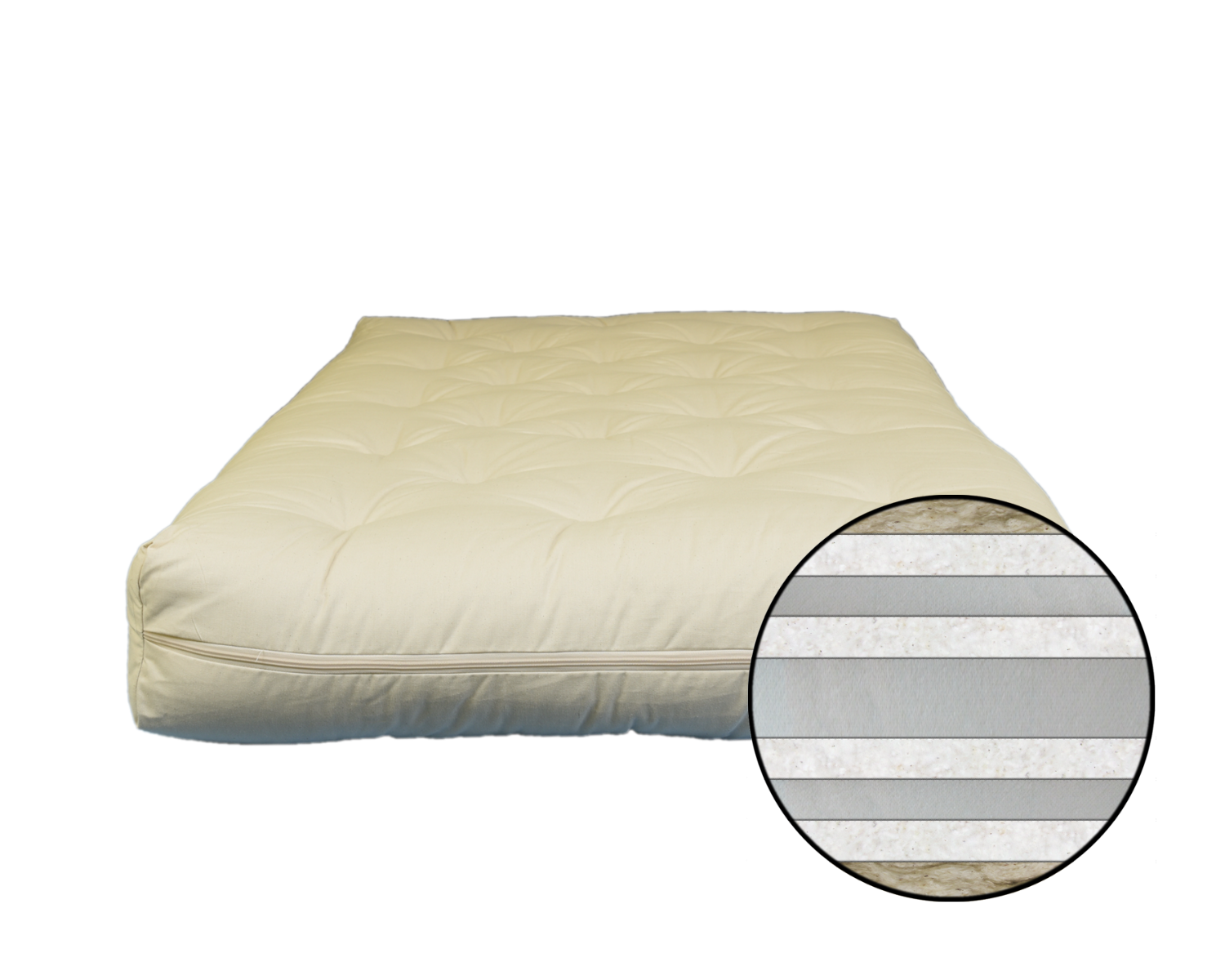Parents know that a child who sleeps well tends to be happier, healthier, and more attentive. Sleep has a big impact on how kids grow and develop, so making a bedroom that helps them sleep well isn’t just about looks—it’s a must for good parenting.
Whether you’re setting up a baby’s room, a space for a young child, or an area for an older kid, you can use tested methods to create a sleep-friendly space.
Let’s go over how to design a bedroom that not only looks nice but also helps your child sleep better and wake up feeling good.
1. Choose Calm, Matching Colors
Colors can affect sleep. Bright colors like red and neon shades might make the brain too active making it tough for kids to calm down at bedtime. Instead, pick soft relaxing colors like light blues, greens, purples, and neutral tones.
For little ones: Think about light blue like the sky pale yellow, or light green.
For older kids: Subdued shades such as navy, sage, or dusty rose can have a calming effect without seeming too childlike.
These hues create a tranquil environment that helps promote sleep.
2. Pick the Best Bed and Mattress
Sleep quality depends on comfort. Your kid’s mattress needs to suit their age, give support, and let air flow.
Toddlers: A solid crib or toddler mattress helps with proper growth.
Older kids: Think about memory foam or mixed mattresses that offer both comfort and support.
Get your child to help choose their bedding—this gives them a feeling of control and ease in their room. Soft airy fabrics like cotton or bamboo work well, and allergy-proof bedding keeps sneeze-causing stuff away.
3. Make It Dark (But Not Scary)
Darkness signals the brain to sleep. Think about using light-blocking curtains to stop street lights or the early sun. If your child fears the dark, a light you can dim or one that turns on when you move can help them feel safe without messing up their sleep.
A special tip: Go for red or amber night lights instead of blue or white, as red light is less likely to mess with melatonin making.
4. Keep Things Quiet and Cut Down on Noise
Noise can throw off a kid’s sleep if their room is near busy areas or loud neighbors. Here are some ways to make things quieter:
- Put down thick rugs or carpets to soak up sound.
- Hang fabric curtains or wall tapestries for extra insulation.
- Try a white noise machine or fan to create consistent, soothing background noise.
5. Lighting Has an Impact—Natural and Artificial
Design the room in such a way that your child gets ample natural light during the day. It helps to set their body clock. At night, use soft warm lights to show it’s time to slow down.
If you can, put in lights you can dim, or use bedside lamps with warm bulbs to create a cozy ambiance before bed. Ensure your kids are away from screens or bright ceiling lights at night, which can stop melatonin and cause a sleep delay.
6. Make a Bedtime Routine Spot
Kids do well with routines for bedtime. Set aside a part of the room for a calm-down ritual. Here are a few ideas:
- A small bookshelf to keep bedtime stories
- A comfy chair or beanbag to read or snuggle
- A calm diffuser with safe oils for kids like lavender or chamomile
You can also add a bedtime chart to help little ones follow the same steps on their own each night.
7. Make the Space Personal, but Don’t Overdo It
Let your kid show off their style in their room through decorations—but keep it relaxing. Stay away from busy wall art or crowded patterns that can make it tough to unwind.
Instead, pick:
- Gentle wall stickers or pictures with themes of nature
- Framed family snapshots or sketches
- A favorite stuffed animal or cozy blanket on the bed
These familiar touches help children feel secure and relaxed, which is key for falling—and staying—asleep.
8. Set Restrictions for Electronics Use in the Bedroom
Tablets, TVs, and video games might aid in entertaining kids, but they’re known to cause frequent interruptions in sleep. The blue light emitted from devices inhibits sleep initiation, diminishes REM sleep, and alters circadian rhythms.
Set screen limitations:
- Ensure the bedroom remains free of technological devices.
- Introduce a “no screen” policy at least one hour before bedtime.
- If your child is reading stories or novels, disable the device’s light or ensure a night mode is activated.
9. Develop a Layout that is the Same Each Day
Provide kids with environments that are more stable. Avoid shifting any pieces of furniture around too often and ensure the space remains unaltered and inviting within the home.
Best suggestions for layout:
- Position the child’s bed in a way that enables them to see the door, enhancing their sense of security.
- Avoid placing beds directly under windows to mitigate drafts and noise.
- Place nighttime necessities like water or a favorite plush toy within arm’s reach.
Designing your child’s room with sleep in mind is not only decorative; it promotes their physiological and psychological well-being. Sleep is essential for their growth, learning, and even for maintaining a balanced mood.
By transforming their bedroom into a space that encourages peacefulness, comfort, and stability, you are setting the stage for them to have restful nights, leading to delightful mornings.








